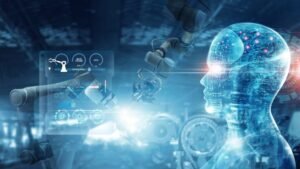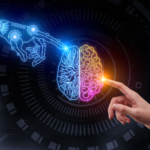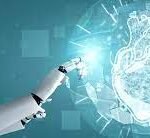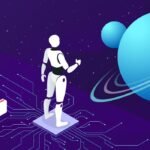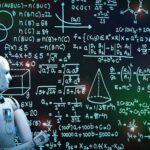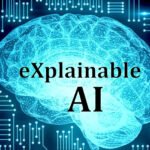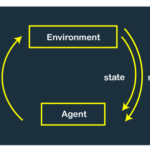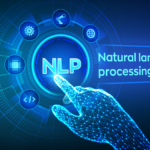A New Way to Accelerate Your AI Plans
/ /
In the rapidly evolving digital landscape, businesses across industries are realizing the transformative potential of Artificial Intelligence (AI) to enhance efficiency, optimize processes, and unlock valuable insights. However, implementing AI plans can be daunting, especially for organizations that lack the necessary expertise and resources. The good news is that there’s a new way to accelerate your AI plans, making it accessible and feasible for businesses of all sizes. In this blog post, we will explore this innovative approach and how it can revolutionize your journey into the world of AI.
- The Traditional AI Implementation Challenge: Traditional AI implementation can be complex, time-consuming, and costly. It often requires specialized data scientists, significant infrastructure investments, and extended development timelines. Many businesses face roadblocks in their AI journey due to limited resources, technical challenges, and uncertainty about where to start.
- The New Way: AIaaS – AI as a Service: AI as a Service (AIaaS) is a groundbreaking solution that simplifies and accelerates AI adoption for businesses. AIaaS providers offer pre-built AI models, tools, and cloud-based platforms that businesses can readily integrate into their operations. This eliminates the need for extensive in-house AI expertise and expedites the AI implementation process.
- Seamless Integration and Scalability: With AIaaS, businesses can seamlessly integrate AI functionalities into their existing systems and applications. AIaaS platforms are designed to be user-friendly, making it easy for non-technical teams to deploy and manage AI solutions. Moreover, AIaaS solutions are scalable, allowing businesses to adjust their AI usage based on demand and business growth.
- Customization and Flexibility: AIaaS providers offer a range of AI models and tools that can be customized to suit specific business needs. Whether it’s natural language processing, image recognition, predictive analytics, or chatbots, AIaaS allows businesses to tailor AI solutions to their unique requirements without starting from scratch.
- Cost-Effectiveness and Reduced Time-to-Market: By opting for AIaaS, businesses can significantly reduce the costs and time associated with AI implementation. Instead of investing in infrastructure and hiring a dedicated AI team, AIaaS allows businesses to pay for AI services on a subscription or usage-based model, making it a cost-effective option.
- Focus on Core Competencies: By leveraging AIaaS, businesses can focus on their core competencies and strategic goals while leaving the complexities of AI development and maintenance to the experts. This empowers businesses to stay competitive, innovate, and deliver value to their customers without being burdened by the technical intricacies of AI.
Posted in Blogs



